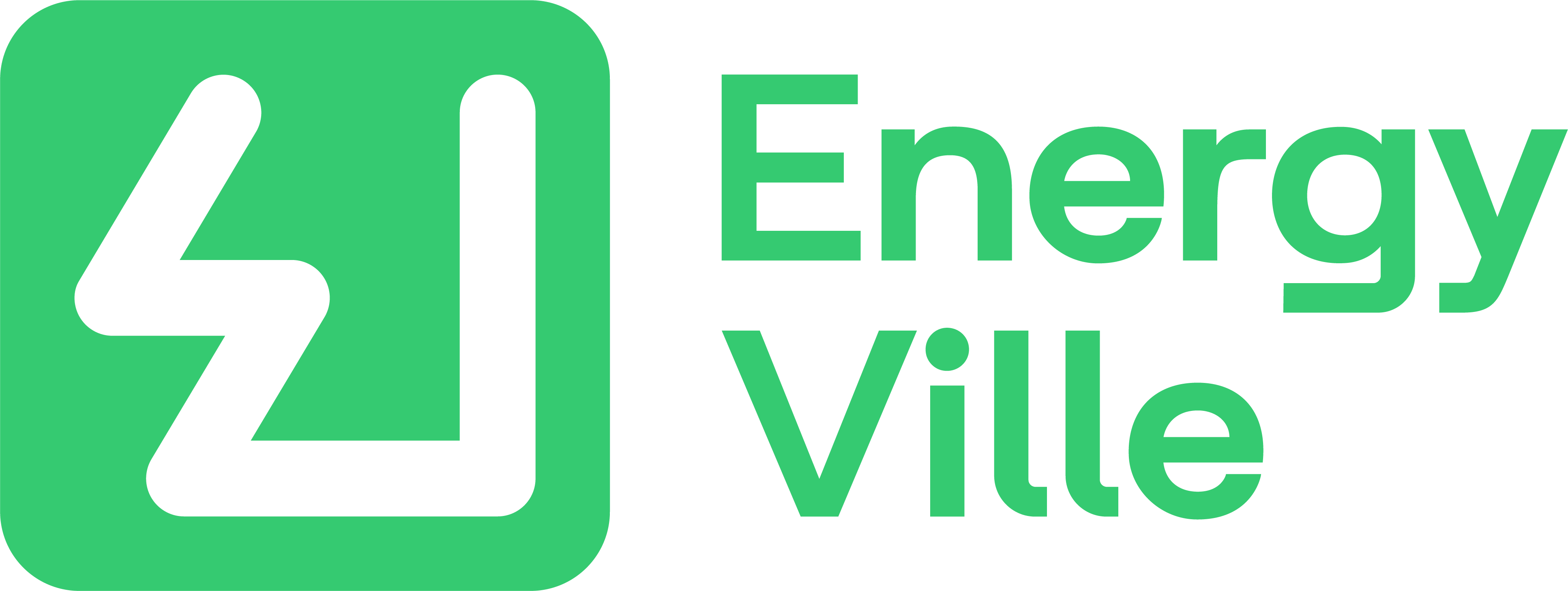Hydrogen
Although Hydrogen is not a sector in itself, we decided to zoom in deeper in it's flows through the EnergyVille TIMES Be model.
Hydrogen is not classified as an energy source since it is not typically mined like traditional natural resources. While there are some exploration projects focusing on naturally occurring hydrogen, hydrogen is primarily regarded as an energy carrier. It is produced from other sources of energy, such as natural gas or electricity, through processes like steam methane reforming and electrolysis.
In the TIMES Be model, hydrogen and derivates can enter the Belgian energy system through following routes:
- Import of pure hydrogen via pipeline
- Import of hydrogen, e-methane, methanol or ammonia via ship
- Local hydrogen production through
- Natural gas steam reforming
- Natural gas steam reforming + carbon capture
- Biomass gasification
- Electrolyzers (alkaline and PEM): centralised and at the level of an end-use sector
- Pyrolysis
Hydrogen use options are modelled in most end-use sectors, but the model results show that it is only selected for the power sector and some industries.
Hydrogen supply and demand
Until 2030 hydrogen production in Belgium is dedicated for ammonia production through an existing Steam Methane Reforming process, from 2030 with Carbon Capture and Storage, so called blue hydrogen.
Production of green hydrogen in Belgium starts growing after 2035 in the 3 scenarios. Electrolyzer capacity provides flexibility during periods of high renewable electricity production and lower electricity prices.
- Central scenario:
- Electrolyzer capacity increases from 8,2 GW in 2040 to 13,2 GW by 2050.
- in 2050, 5 GW of this capacity is installed centrally in the energy system to produce 12,5 TWh of hydrogen.
- in 2050, 8,2 GW of this capacity is installed at the industry (steel and chemical sector). The electricity use of these electrolyzers was reported in the Final Energy demand at the Industry Sector page. The hydrogen produced was not visible in the Final Energy Demand but amounts to 10,6 TWh.
- Import of hydrogen increases slowly from 2040 onwards and reaches a total volume of 36 TWh in 2050
- Electrolyzer capacity increases from 8,2 GW in 2040 to 13,2 GW by 2050.
- Electrification scenario:
- Electrolyzer capacity amounts to 8,2 GW by 2050, which is 5 GW lower compared to the Central scenario. Though the electrolyser capacity is lower, the hydrogen production is with 28 TWh in 2050 higher than in the Central scenario. This shows the electrolysers will operate annually at 3400 full load hours, due to having access to a more constant electricity supply at lower generation cost.
- Imported hydrogen decreases to 5 TWh
- Molecules scenario:
- Electrolyzer capacity increases to 10,4 GW by 2050 with a production of 13,7 TWh
- Hydrogen imports at lower price levels starts already in 2030 in this scenario and increases to 91 TWh by 2050.
Hydrogen demand can be noted in the Power sector and the industry in the model results.
In the Central and Clean Molecules scenario, hydrogen use in the Power increases drastically towards 2050 to power hydrogen peaking turbines. In the Electrification scenario, no investments in hydrogen peak turbines take place.
Hydrogen use in the industry takes place in all 3 scenarios. Clean molecules are used for high temperature processes in the chemical industry, glass and bricks, steel finishing and smaller amounts in the lime and cement sector.
In the Clean Molecules scenario, on top of these uses, hydrogen is now also used for methanol synthesis as feedstock for a methanol to aromatics/olefins process.




